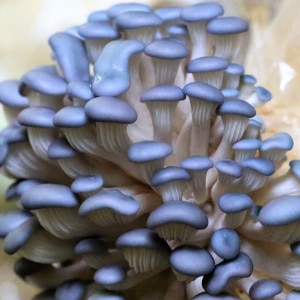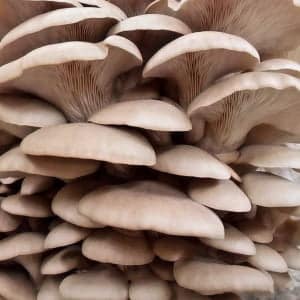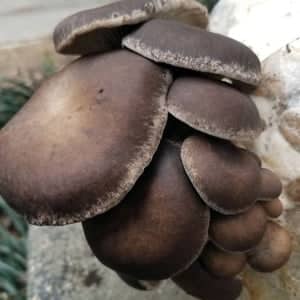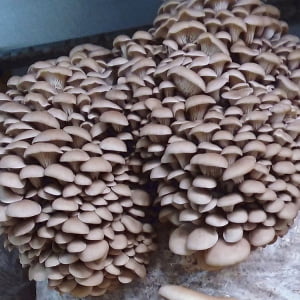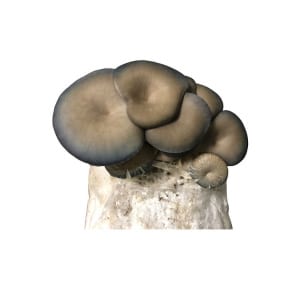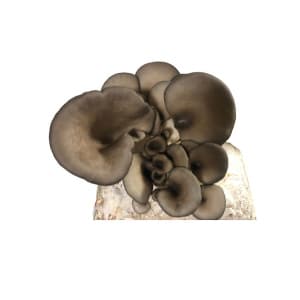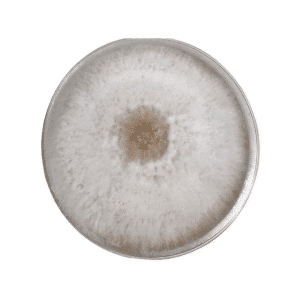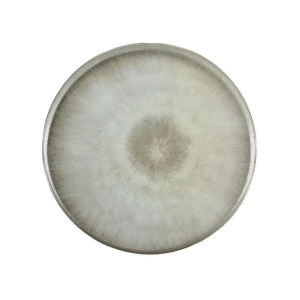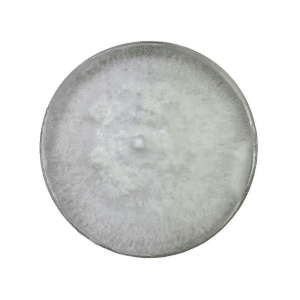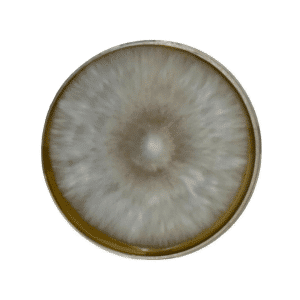Showing 1–20 of 21 resultsSorted by popularity
Pearl Oyster Mushrooms: A Complete Guide to Growing in Australia
Pearl Oyster Mushrooms (Pleurotus ostreatus) are one of the most popular gourmet mushrooms in Australia. Known for their delicate texture, mild flavour, and beautiful silvery-white caps, they’re not only delicious but also highly nutritious. With the right care, these mushrooms can be grown at home or on a commercial scale with excellent yields.
Substrates for Growing Pearl Oyster Mushrooms
Pearl Oysters are versatile and can grow on a wide range of substrates. Some of the most common options in Australia include:
- Hardwood sawdust – Especially effective when supplemented for higher yields.
- Barley straw – A cost-effective option, ideal for small-scale cultivation.
- Sugarcane mulch – Readily available in some regions, works well for clusters.
- Masters Mix – A specialised growing medium that maximises both cluster size and yield.
For the heaviest clusters and highest yields, supplemented hardwood sawdust or Masters Mix is highly recommended.
Incubation: Developing Strong Mycelium
- Incubation period: 10 – 21 days depending on substrate, with an average of 14 days.
- Incubation temperature: Room temperature between 21 – 24°C. Ensure substrate temperature does not exceed 30°C, as higher temperatures can inhibit growth or encourage contamination.
During this stage, the mycelium colonises the substrate fully. Keep the environment dark and avoid disturbing the blocks or bags.
Pinning: Encouraging Mushroom Formation
Once the substrate is fully colonised, it’s time to trigger pinning – the first stage of mushroom development:
- Pinning temperature: 15 – 24°C
- Pinning humidity: 90 – 95% relative humidity
High humidity is essential to prevent drying and to encourage the formation of healthy, tight clusters. Light can be introduced at this stage to stimulate pin development.
Fruiting: Growing Delicious Mushrooms
After pinning, maintain optimal conditions to support fruiting:
- Fruiting temperature range: 15 – 27°C
- Ideal fruiting temperature: 15 – 21°C
- Fruiting humidity: 85 – 90% relative humidity
- CO2 concentration: 500 – 800 ppm
Proper air exchange is critical at this stage to avoid long stems and small caps. Mist gently if humidity drops, and maintain good airflow to reduce the risk of contamination.
Harvesting Pearl Oyster Mushrooms
Pearl Oysters grow fast and can be harvested once the caps begin to flatten but before the edges curl up completely. Typical harvest period is:
- First flush: 5 – 7 days after pinning
- Subsequent flushes: Every 7 – 14 days depending on conditions
Use a clean knife or twist gently at the base to harvest clusters, leaving the substrate intact for future flushes.
Tips for Successful Cultivation
- Cleanliness is key: Always wash hands and sterilise tools when handling substrate or mushrooms.
- Maintain humidity: Use a humidifier, misting system, or humidity tent to keep levels stable.
- Control temperature: Avoid direct sunlight and hot spots; Pearl Oysters prefer moderate temperatures.
- Supplement substrate: Adding wheat bran or other nutrients to hardwood sawdust can dramatically increase yields.
- Monitor CO2 levels: Good ventilation is essential to avoid long, thin stems.
- Rotate crops: After 3–4 flushes, replace the substrate to maintain high-quality harvests.
Why Grow Pearl Oysters in Australia?
Australia’s moderate climate, access to quality hardwood, and growing interest in gourmet mushrooms make Pearl Oysters a fantastic choice for both home growers and commercial operations. They’re fast-growing, forgiving for beginners, and highly profitable when sold fresh or dried.

